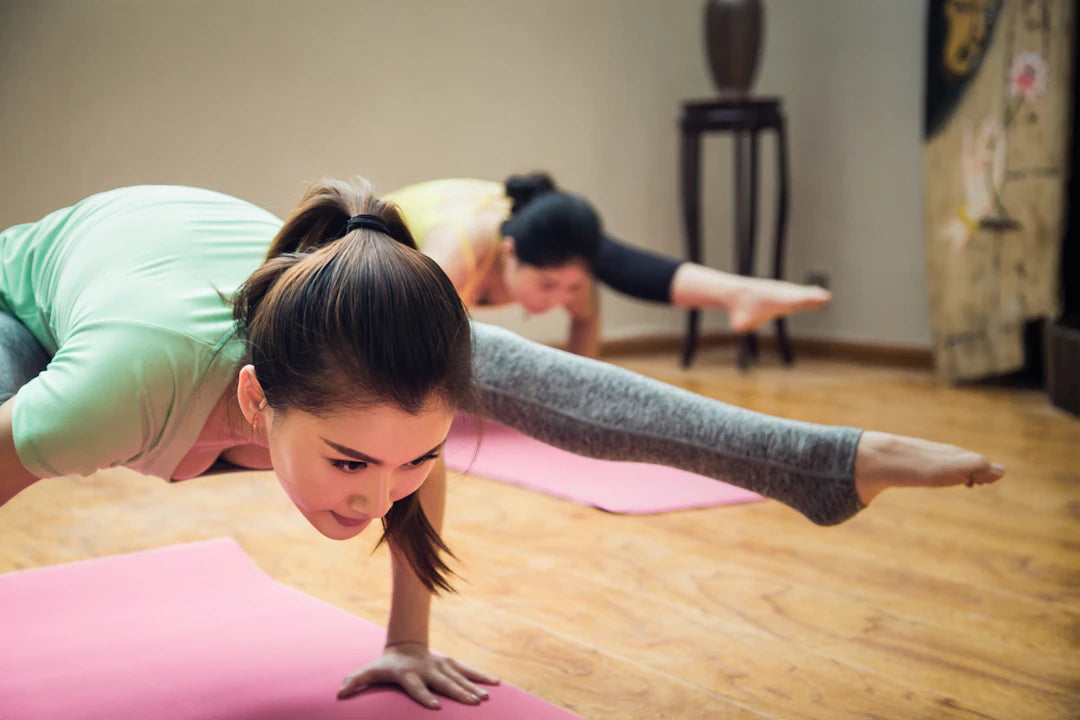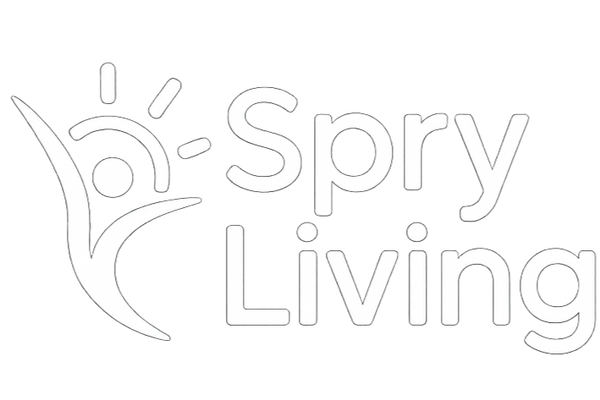
The Benefits of Low Impact Exercise for Older Adults
Share
Overview
Low impact exercise is crucial for older adults, promoting mobility, balance, and joint health while reducing injury risk. Joint-friendly workouts like swimming, walking, chair yoga, and gentle strength training can be easily incorporated at home. Overcoming challenges such as joint pain and motivation is key, along with proper nutrition to support an active lifestyle. Creating a safe exercise environment enhances the experience. Embrace these practices for a healthier, more active life.
Frequently Asked Questions
1. What are the benefits of low impact exercise for older adults?
2. What types of workouts are considered joint-friendly?
3. How can I stay motivated to exercise as I age?
4. What are some gentle exercises I can try at home?
5. How can nutrition support an active lifestyle for older adults?
As we age, staying active becomes more important than ever. Low impact exercise offers a fantastic opportunity for older adults to maintain their health and wellness. It can improve strength, flexibility, and balance while being gentle on the joints. In this article, we will explore the incredible benefits of joint-friendly workouts, along with tips and gentle routines that can help you stay active and vibrant well into your golden years.
Understanding the Importance of Exercise for Older Adults
Regular exercise is essential for older adults, especially considering the challenges that may come with aging. Whether it's joint pain, decreased mobility, or balance issues, engaging in suitable activities can bring numerous benefits:
- Improved Mobility: Exercise helps maintain and improve the ability to move freely and perform daily tasks smoothly.
- Enhanced Balance: Regular activity can significantly reduce the risk of falls by improving coordination and stability.
- Joint Health: Low impact workouts are gentle on the body, reducing the risk of injury while promoting movement in the joints.
- Better Mental Health: Physical activity releases endorphins, which can help alleviate depression and anxiety, often faced by older adults.
- Increased Energy Levels: Regular exercise boosts stamina and reduces fatigue, promoting an overall feeling of vitality.
What Are Joint-Friendly Workouts?
Joint-friendly workouts are exercises designed to minimize strain on the joints while still offering an effective workout. These routines can be essential for older adults who may experience joint pain or stiffness. They are gentle, provide low impact on your joints, and often include:
- Swimming and water aerobics
- Walking or jogging on soft surfaces
- Yoga and Pilates
- Stationary biking
- Strength training with light weights
Swimming: A Gentle and Effective Way to Stay Active
Swimming is an excellent option for older adults, especially for those with arthritis or other joint concerns. The buoyancy of water supports the body, alleviating stress on the joints, while allowing for a full range of motion. In addition, swimming also strengthens the heart and improves lung capacity.
Walking: Simple and Accessible
Walking is a low-impact exercise that most people can do anywhere. Start with short distances and gradually increase your pace and duration. A well-paced walk not only strengthens your muscles but also enhances cardiovascular health, making it a reliable and enjoyable option for older adults.
Gentle Routines to Try at Home
Incorporating low impact exercise into your daily routine is easier than you might think. Here are some gentle exercises to consider:
Chair Yoga
Chair yoga is perfect for those who may struggle with balance or flexibility. Here’s a simple chair yoga routine:
- Seated Cat-Cow Stretch: In a seated position, arch your back (cat) and then bring your chest forward, sweeping your arms back (cow). Repeat five times.
- Seated Forward Bend: While seated, reach your arms overhead, then gently lean forward, reaching for your toes while breathing deeply. Hold for a few seconds.
- Neck Stretches: Drop your right ear toward your right shoulder and hold for a few breaths. Repeat on the left side.
Gentle Strength Training
Using light weights or resistance bands can help build muscle strength effectively. Here's a simple routine:
- Seated Leg Lifts: While sitting upright, extend one leg and hold for a few seconds. Alternate legs and repeat ten times for each leg.
- Arm Curls: With light weights in each hand, perform slow arm curls while seated, focusing on controlled movements.
- Wall Push-Ups: Stand at arm’s length from a wall. Press your palms against the wall and slowly lower your body closer. Repeat ten times.
Overcoming Common Challenges
Although the benefits of low-impact exercise are immense, there can be hurdles for older adults. Here are common challenges and tips on how to overcome them:
Joint Pain
If you suffer from joint pain, consult with your healthcare provider before starting any new workout routine. Focus on warming up before exercising and including stretching to improve flexibility. Joint-friendly workouts like swimming or chair yoga can also ease discomfort while keeping you active.
Motivation Struggles
Finding the motivation to exercise can be tough, especially when managing pain or fatigue. Here are a few ways to motivate yourself:
- Set Achievable Goals: Small, realistic goals can lead to a feeling of accomplishment that boosts motivation.
- Find an Exercise Buddy: Partnering with a friend can help keep you accountable and make workouts enjoyable.
- Mix It Up: Variety can drive excitement into your routines. Try different exercises to keep your workouts fresh.
The Role of Nutrition in Staying Active
Nutrition plays a crucial role in keeping your body energized and ready for exercise. Here are some tips to support your active lifestyle:
- Hydration: Always drink plenty of water, especially before, during, and after workouts.
- Balanced Diet: Eat plenty of fruits, vegetables, and whole grains, while limiting processed foods and sugars.
- Protein Intake: Adequate protein helps build and repair muscles, essential for recovery after workouts.
Creating a Safe Exercise Environment
Ensuring a safe environment for your workouts is vital. Here are some simple steps:
- Clear Your Space: Make sure there are no tripping hazards when you exercise at home.
- Wear Proper Footwear: Choose supportive shoes that fit well to prevent injuries.
- Use Supportive Equipment: If needed, don’t hesitate to use handrails, chairs, or stable surfaces for balance when exercising.
Get Ready to Embrace a Healthier You!
Engaging in low impact exercise is a wonderful way to maintain your health as you age. By incorporating joint-friendly workouts into your routine, along with safe practices and nutrition, you can enhance your quality of life. Remember, the journey to a healthier lifestyle doesn’t have to be strenuous or overwhelming. Start small, be consistent, and most importantly, listen to your body. Celebrate every small victory along the way, and enjoy the beautiful journey of staying active and healthy. Embrace new routines for a happier, healthier you!
